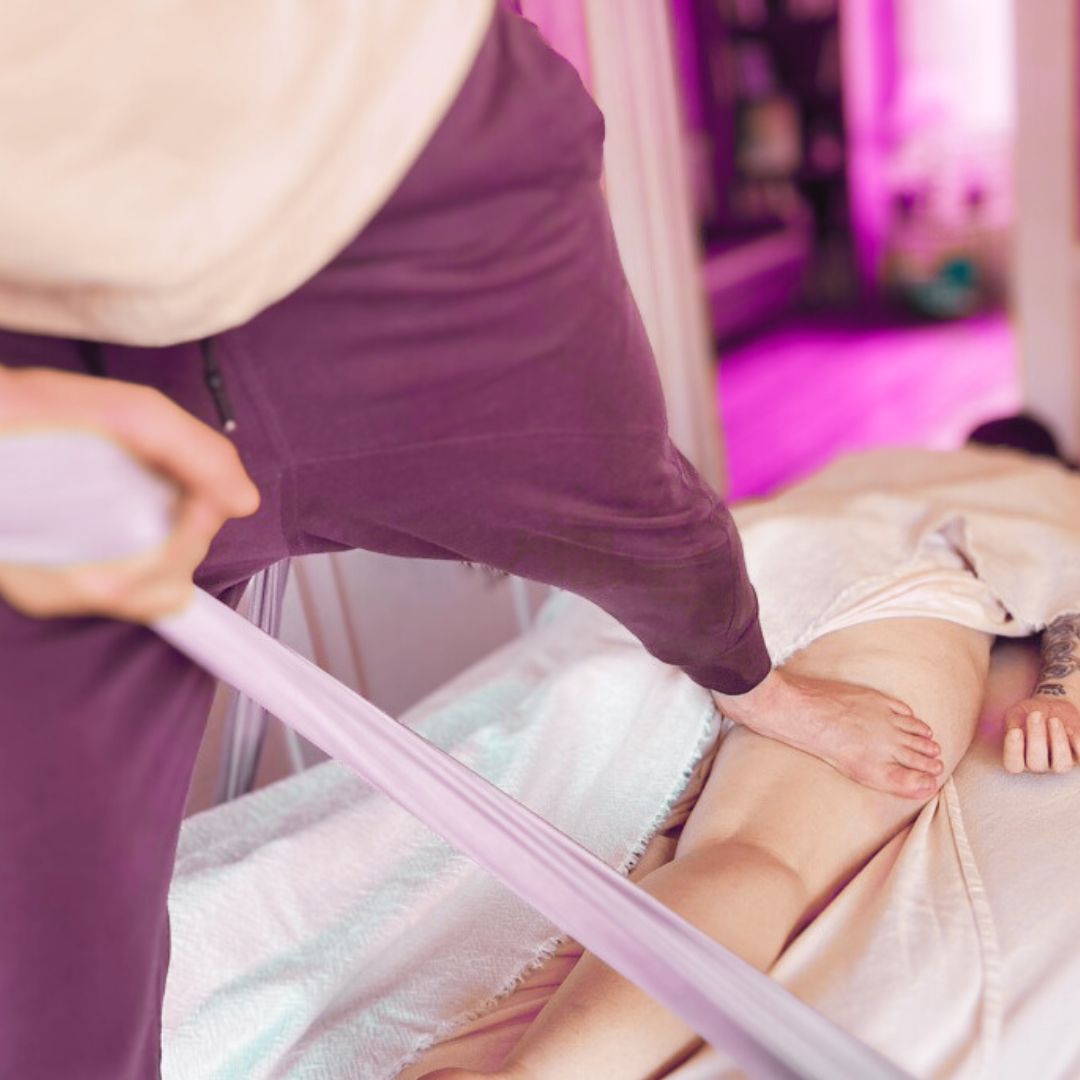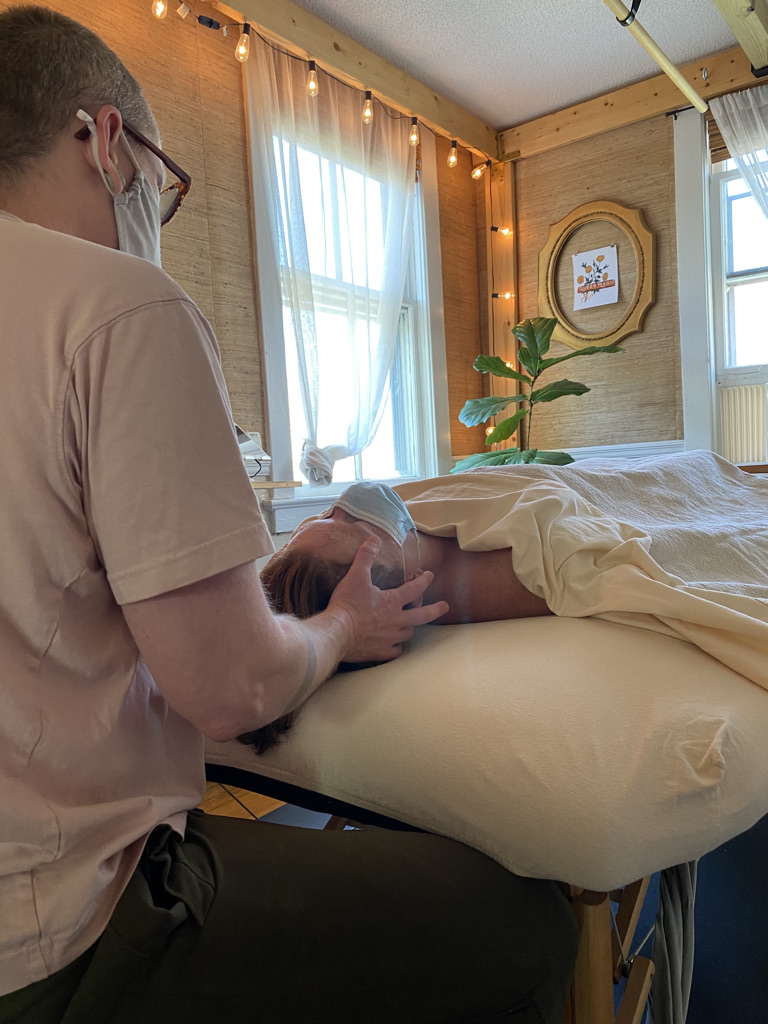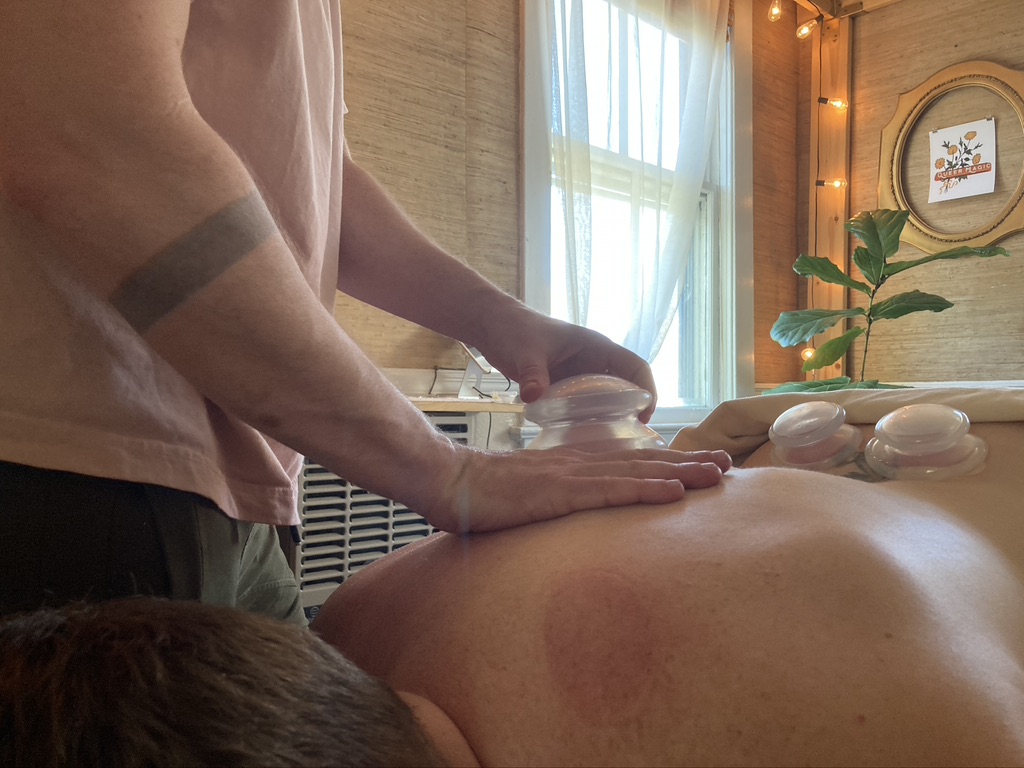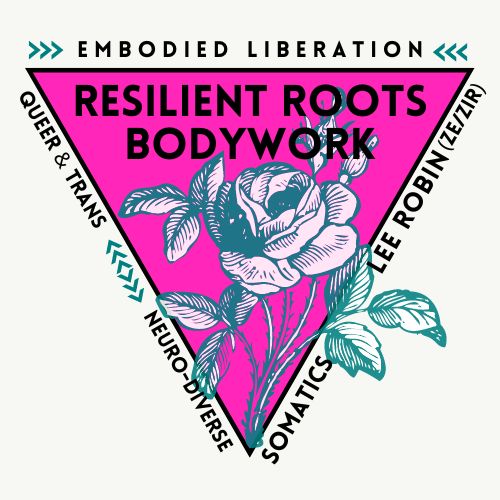Integrative bodywork
for health, embodiment, and joy
The approach
set to your perfect pressure blending hand and foot pressure with deep tissue or light touch techniques for full body myofascial release and nervous system rebalancing
From bio-psycho-social approach, bodywork acknowledges many factors contribute to pain and discomfort in the body. To support the many systems including nerves, fascia, muscle, bone, neurochemicals, and fluids, several techniques are used. Sessions are customized to reset the nervous system, reorient fascia, relieve muscular tensions, help prevent injury, support healing, decrease pain, tone the system, and so much more.
Myofascial Release is central to this practice, featuring barefoot bodywork styles of Sarga Bodywork and Ashiatsu as well as light touch in Biodynamnic CranioSacral, or increase potency with Graston Technique, Cupping Therapy, to list a few. A combination of hand and foot techniques are utilized throughout the session matching the pressure to your ideal intensity.
These sessions are collaborative
Together we will design the kind of session that will work for what is coming up for you.

Integrative Bodywork
Sessions are blended with hand and foot pressure to deliver just the right amount of pressure and intensity to meet your body with the kind of contact you need. We always respect your capacity, and can approach the areas that need it most without force or activating pain or protective responses.

Biodynamic CranioSacral
Combine the session with Biodynamic CranioSacral to emphasize relaxation and add more of a meditative effect and emotional or spiritual resonance.

Cupping Therapy
Add cupping to the session to add intensity and increase therapeutic change at the physical level.
